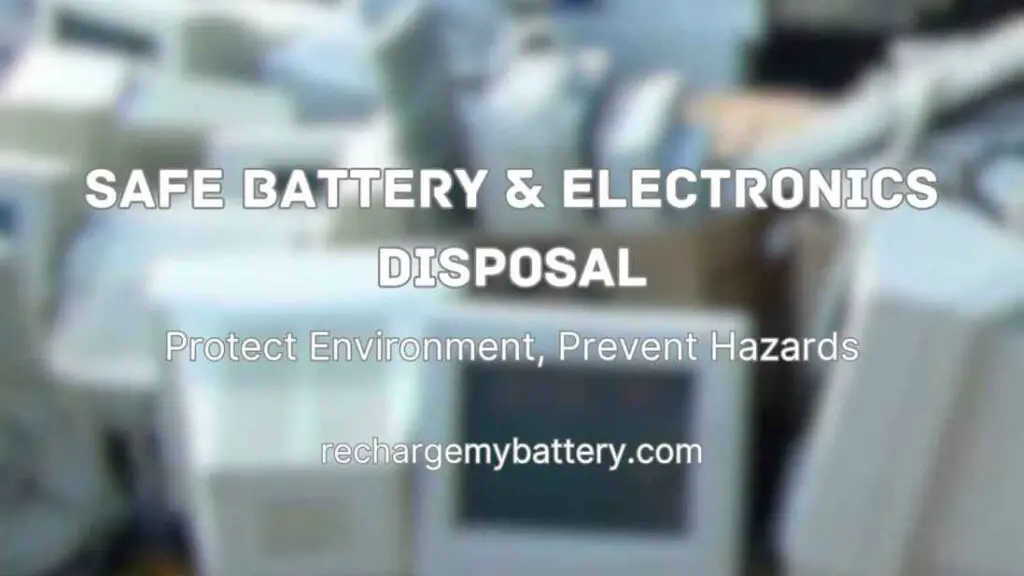In this article, we will explore the world of cordless phone batteries, their types, performance, maintenance, and eco-friendly options.
Understanding Cordless Phone Batteries
Cordless phone batteries come in various shapes and sizes, depending on the phone model and manufacturer. The most common types include nickel-cadmium (Ni-Cd), nickel-metal hydride (Ni-MH), and lithium-ion (Li-ion) batteries.
Each battery chemistry has its advantages and limitations. Ni-Cd batteries are known for their affordability but suffer from the memory effect. Ni-MH batteries provide better capacity and do not suffer from memory effects, but they may self-discharge over time. Li-ion batteries offer high energy density, longer lifespan, and no memory effect.
When choosing a cordless phone battery, it is important to consider factors such as battery voltage, capacity, and compatibility with the phone model. Checking the manufacturer’s specifications and recommendations can help ensure the right battery is selected for optimal performance.
Battery Performance and Longevity
The performance of a cordless phone battery depends on several factors. Battery capacity determines how long the phone can be used on a single charge, while talk time refers to the duration of continuous conversation.
Charging time and battery life are also crucial considerations. Rapid charging options are available in some models, allowing users to quickly recharge their phones for immediate use. Battery life can vary based on usage patterns, with heavier usage resulting in a shorter battery lifespan.
To maximize the performance and longevity of cordless phone batteries, it is advisable to follow certain practices. Keeping the battery contacts clean and free from corrosion helps maintain good conductivity. Avoiding extreme temperatures, both high and low, can prevent battery damage. It is also recommended to fully discharge and recharge the battery periodically to recalibrate its capacity.
Replacing Cordless Phone Batteries
Over time, cordless phone batteries may start to lose their efficiency and require replacement. Signs of a dying battery include decreased talk time, frequent disconnections, or the battery failing to hold a charge. Replacing the battery is a relatively simple process. Most cordless phones have a battery compartment that can be opened to access the battery. By carefully following the manufacturer’s instructions, users can replace the old battery with a new one.
Replacement batteries can be purchased from various sources. Online retailers, electronics stores, and authorized service centers often stock compatible batteries for popular phone models. It is essential to ensure the replacement battery is compatible with the specific phone model to avoid any compatibility issues.
Maintaining Cordless Phone Batteries
Proper maintenance is key to prolonging the life of cordless phone batteries. Storing batteries in a cool and dry place, away from direct sunlight, can prevent degradation. It is important to avoid overcharging or undercharging the battery, as both can affect its performance and lifespan. Regularly cleaning the battery contacts with a soft cloth or cotton swab can help maintain good connectivity.
Eco-Friendly Options
In recent years, there has been a growing emphasis on eco-friendly solutions, including rechargeable batteries. Rechargeable batteries, such as Ni-MH and Li-ion, offer the advantage of being reusable, reducing the number of disposable batteries ending up in landfills. By investing in rechargeable batteries, users not only save money in the long run but also contribute to environmental sustainability.
When it comes to disposing of cordless phone batteries, it is important to handle them responsibly. Many communities and retailers offer battery recycling programs where old batteries can be safely recycled. This ensures that potentially harmful materials are kept out of the environment and valuable resources are recovered.
Conclusion
Cordless phone batteries play a vital role in ensuring uninterrupted communication and mobility. Understanding the different types of batteries, their performance characteristics, and proper maintenance techniques can help users make informed decisions and prolong battery life.
By embracing eco-friendly options and recycling practices, we can contribute to a cleaner and more sustainable future. Thank you for reading.


